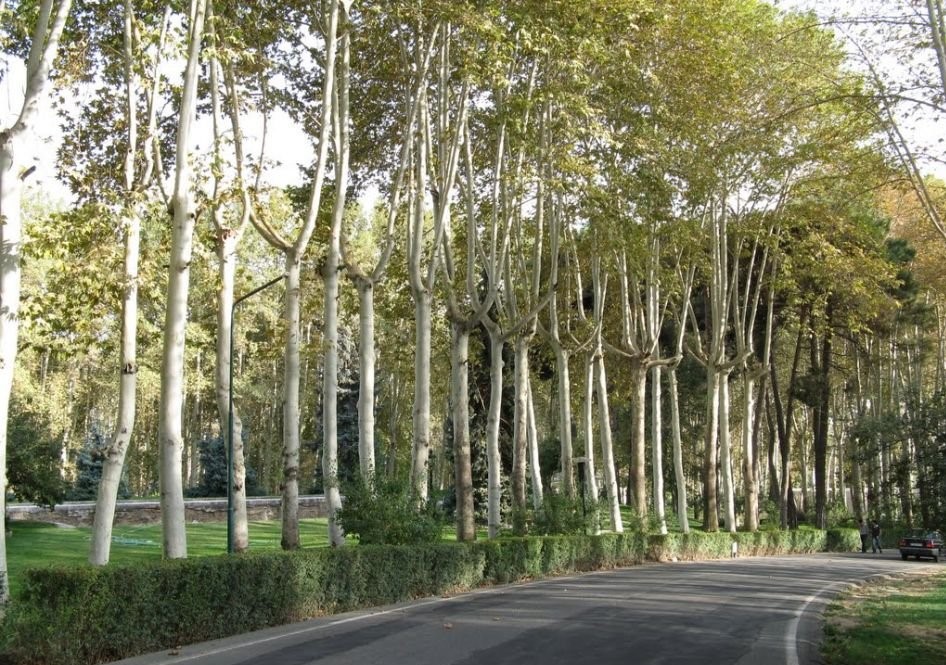Introduction to Sa’ad abad Palace
Saadabad Complex or Saadabad Museum Palace is one of the largest collections of palaces and mansions, where contains mysterious stories from courtiers and a critical piece of contemporary Iranian history in Tehran. The complex once was the summer residence of the Pahlavi family, each season of the year shows a distinct nature as one of the attractions of the palace.
All the capitals of the world are proud to have their royal palaces, and many tourists visit them to see the lifestyle of the kings of each country. Saadabad Palace can be equated with the magnificent palaces of the world such as Schoenbrunn Palace Vienna, Versai Palace Paris, Buckingham Palace London, and Topkapi Palace Istanbul.
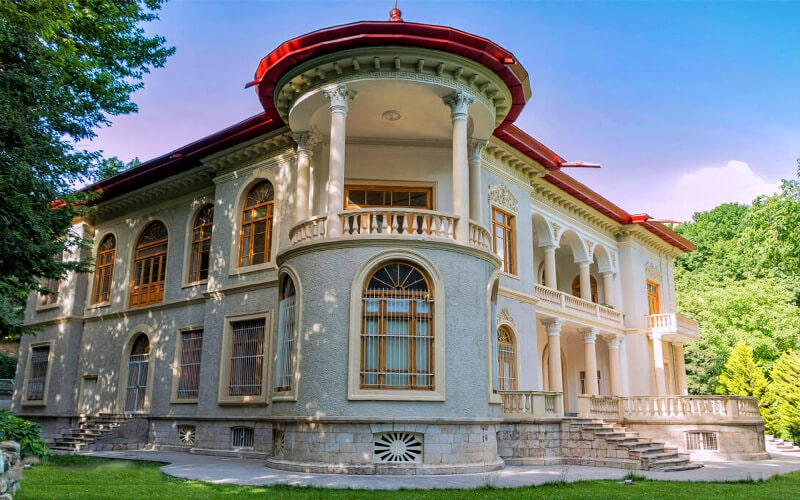
History of Sa’ad abad Palace
Saadabad is in the northernmost point of Tehran and the foothills of the Alborz Mountains. Once upon a time, Tehran was dissimilar from today, and north of Tehran was a village with a pleasant climate away from the city. The Qajar kings had built a palace there, and in the summers, when the city’s weather was extremely hot, they went to Tajrish. After the collapse of the Qajar dynasty during the first Pahlavi period, Saadabad Palace was also the resting place of the king of the time; during the second Pahlavi period, the royal family completely moved to the palace. The Saadabad complex contains 18 palaces, each of which was a private mansion of the royal family members in the past.
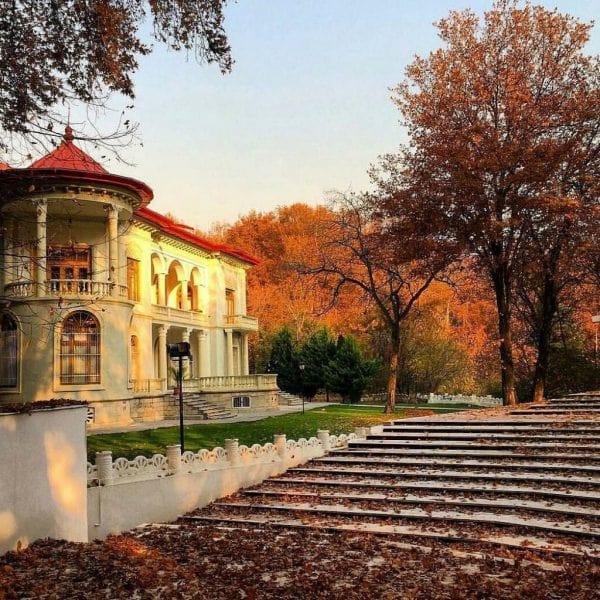
Unique Spots
The first attraction of Saadabad is its stunning grounds, where towering trees surround the streets of the complex, and the birds’ sounds can be heard through them. The Jafarabad River flows through Saadabad Palace, which displays an astonishing stream of water in the palace, and summer palaces have been built along the river. The existence of river and foothill climate has caused various vegetation in this complex. There are currently 7,500 valuable trees in the registration plate collection, and a sample of the plant species has a description board. The garden is also home to several species of animals.
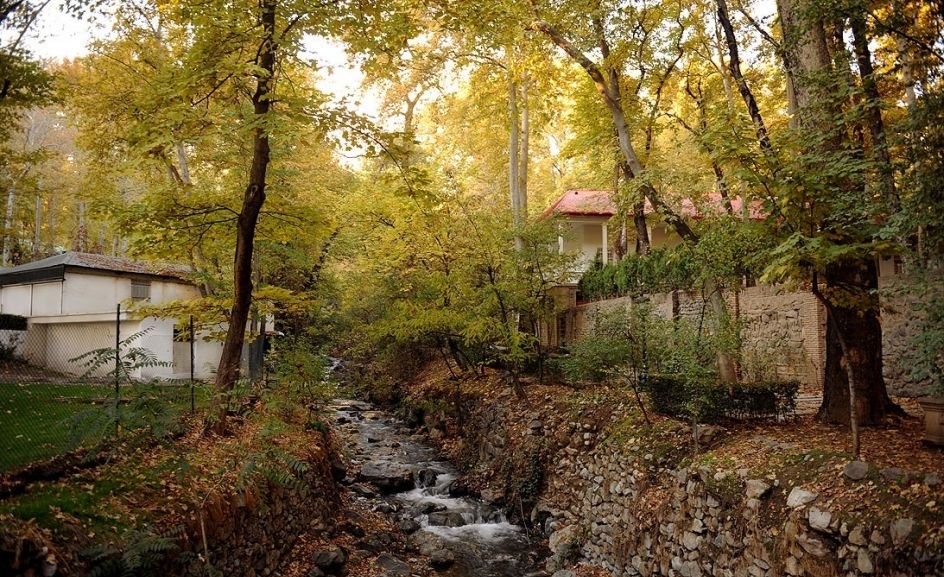
Location of Sa’ad abad Palace
Saadabad Palace is a complex at the foothills of Tochal and Darband valleys, north of Tehran. The complex, which includes the Darband River, is located at an altitude of 1800 meters above sea level. It is connected to the Alborz mountain from the north, Golab Darreh from the east, Velenjak quarter from the west, and Tajrish region from the south.
Perhaps we can state that Saadabad Palace is similar to a park since it is the best space for walking in Tehran. Moreover, it is one of the great amusement gardens; it takes hours to walk in the eight hundred thousand square meters of Saadabad Palace.
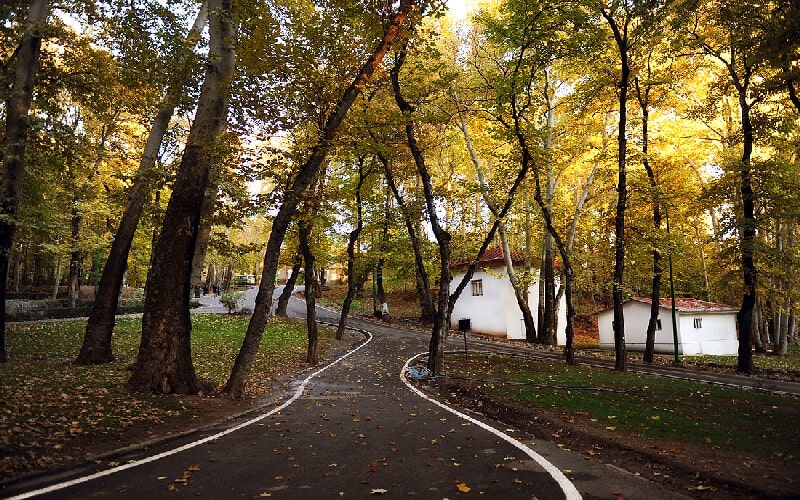
Architecture of Sa’ad abad Palace and its palaces
The Palace of the Nation Museum, the White House of the Pahlavis
Such a palace is the largest in the historical complex of Saadabad. Stepping into the White House territories, the first things you see are the statues of Reza Khan and Arash Kamangir. Passing the steps of the White House and reaching the entrance, you will see four marvelous columns; the ones made in the exquisite Roman architecture style.
The palace, which was built between 1939 to 1941 with the design of engineers such as Khorsandi, Tatavousian, and Boris Rossi and plastered by Abdolkarim Sheikhan, Reza Malakeh, Hossein Kashi, and Gholamreza Pahlavan, was put into operation by the first and second Pahlavis. However, after the unsuccessful assassination of Mohammad Reza Shah in 1948, to increase his security, it was considered the permanent residence of the King.
This monolithic white building, also known as the White Palace, includes different spaces such as a foyer, reception halls, offices, Mohammad Reza Pahlavi and Farah Diba lounges, a game hall, and a cinema. Persian hand-woven carpets, murals of the Ferdowsi Shahnameh heroes, Simin palm tree, and the golden vase have made the structure more impressive.

Green Palace
The Green Palace or Shahvand Palace was architectured by order of Reza Shah in the highest section of Saadabad Palace in the northwest and became known as the Green Palace because of its rare green marble used from the Khamseh mine in Zanjan. The mortar between the stones is made of lead so that the building would not crumble by shrinkage and expansion of cold and heat. Khorasan marble with European patterns and motifs is used in the ports and entrance columns which consists of mirror work, plastering, masonry, and Khatamkari. The construction of the Green Palace took seven years; a palace with an area of 1203 square meters and on two floors, where Mirza Jafar Kashi is the architect and associated the atmosphere of Reza Shah’s birthplace in Alasht, Mazandaran, with trees and green space. The Green Palace includes a ground floor and a basement. The first part consists of the entrance staircase, waiting room, workroom, mirror hall, especial dining room, and bedroom. The second part was the basement for entertaining foreign guests includes the living room, two bedrooms, and the dining room. A 70-meter Mashhad carpet as a masterpiece of carpet weaving by Abdul Mohammad Amu Oghli is on the floor. Reza Shah had been not sleeping in bed but on the floor, so there is no bed in his bedroom. The hall table, the sculptures, and sofas are French works.

Pahlavi Shams Palace or Royal Clothing Museum
The summer palace of Shams Pahlavi, the sister of Mohammad Reza Shah, is located next to the north door, the Darband’s. The mansion was built between 1935 and 1939 with an area of about 2600 square meters. The building consists of two floors and a basement, where after the princess went to Mehrshahr, Karaj in 1963, precious objects such as foreign gifts of the Pahlavi court were maintained. After the Islamic Revolution, Shams Palace once became an anthropological museum, then a museum of contemporary history, and once again a museum of royal clothing.
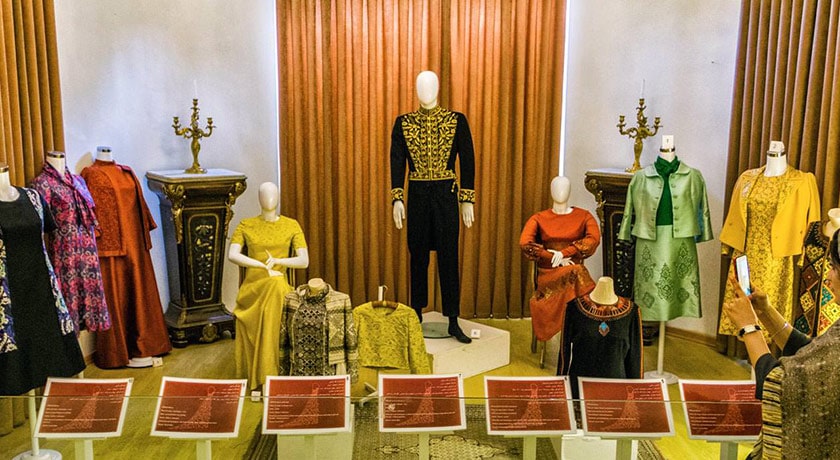
Mir Emad Calligraphy Museum
Such a museum in the Pahlavi era was the residence of Farahnaz and Alireza Pahlavi, the Mohammad Reza Pahlavi’s children, where was restored to showcase calligraphic works. Finally, in 1997, it was opened to the public as the Mir Emad Calligraphy Museum.
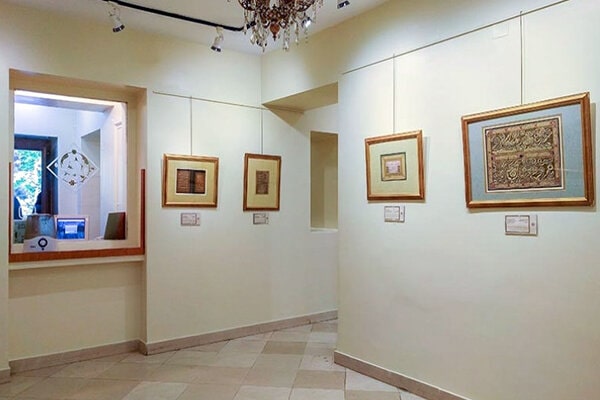
Master Hossein Behzad Museum
The museum of Master Hossein Behzad is also in Karbasi Palace, which was the first office and resting area of Reza Shah, and after Reza Shah left the monarchy and the birth of the Crown Prince, it became the Crown Prince’s private palace. In 1992, the son of Professor Hossein Behzad, the most prominent Persian painter, donated about 290 pieces of his father’s work to the Cultural Heritage Organization. This organization chose the Crown Prince Palace as the museum of Master Hossein Behzad; on the 100th anniversary of Master Behzad’s birth and the International Museum Day, the museum was reopened and presented the miniature works of this great master to the public.
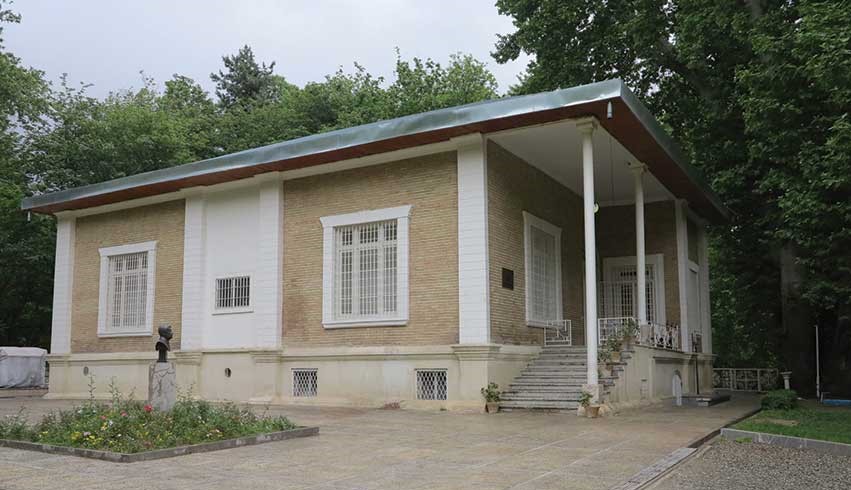
Master Farshchian Museum
Master Farshchian Museum displays miniature works of this contemporary artist. The museum building was owned by Reza Shah and his fourth wife Esmat for some time, but after the revolution in 2001, it exhibited more than 50 spectacular works by Master Farshchian.
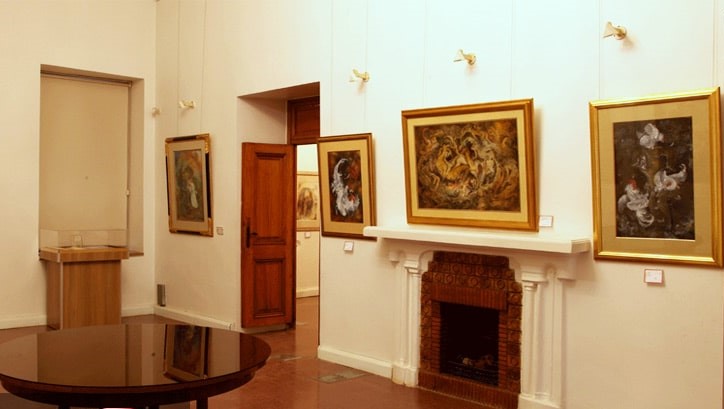
Museum of Fine Arts
The Museum of Fine Arts is located in the southern part of Saadabad Palace and is one of the magnificent buildings in the complex. The Black House, where is also called the Black Palace due to the dark marble used, is built on three floors with marble brought from Vali-Abad Chalous. Before the revolution, the building belonged to the court ministry. After the Islamic Revolution, the Black Palace reopened in 1985 as the Museum of Fine Arts. In this structure, works by Persian artists such as Sohrab Sepehri, Hossein Kazemi, Nasser Oveisi, Hossein Mahjoubi, Faramarz Pilaram, Hossein Zandeh Rudi, Parvaneh Etemadi, Nasrollah Afjei and Abolghasem Saeedi and world artists such as Salvador Dali, John Frederick Herring, Peter Graham, Ivan Shishkin, François Mozen and Jules Burton are on display. In addition, works of art from the Safavid, Afshar, Zand, and Qajar dynasties can be seen.
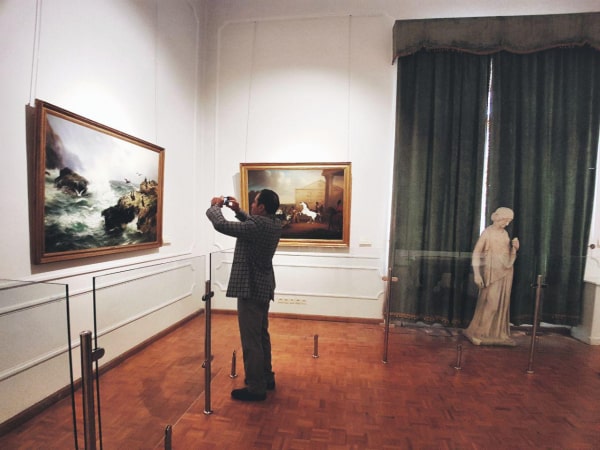
Nations Art Museum
Such a museum is originally part of the White House or the Palace of the Nation that was considered Farah Diba’s museum before the Islamic Revolution. However, works by Iranian artists such as Sohrab Sepehri, Lily Matin Daftari, Iran Doroudy, Hossein Zand-e Rudi, Behjat Sadr, Massoud Arabshahi, Masoumeh Seyhoun, Parviz Tanavoli, and foreign artists such as Renard Buffet (France), Herbert Bayer (Austria), Fernand Lejeune (France), McAvoy (USA), Marc Chagall (France), César Baldaccini, Yaacov Agam and others has been shown to the public in recent years.

Saadabad Armed Museums and the Museum of Court Weapons
The Court Weapons Museum is located in the palace of Gholamreza Pahlavi and displays 110 firearms. The first weapons made by the weapons factories of the Imperial Army and the ones donated to Mohammad Reza Pahlavi are also available in this museum.
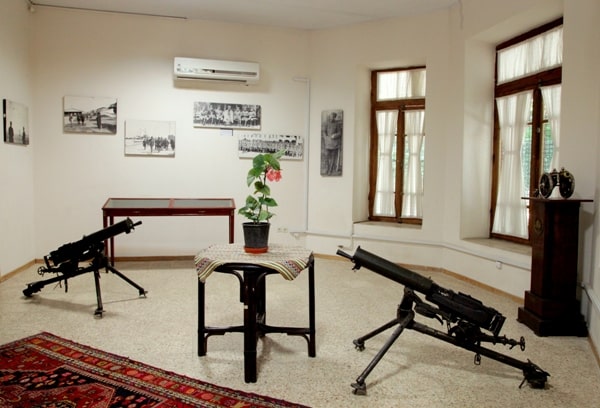
Military Museum
The military museum is in the palace of Taj al-Moluk, the second wife of Reza Shah, which later belonged to Shahram, son of Ashraf Pahlavi, and became known as Shahram Palace. The museum now showcases weapons from various historical periods that were housed in the Military Museum of the Officer College before 1983.
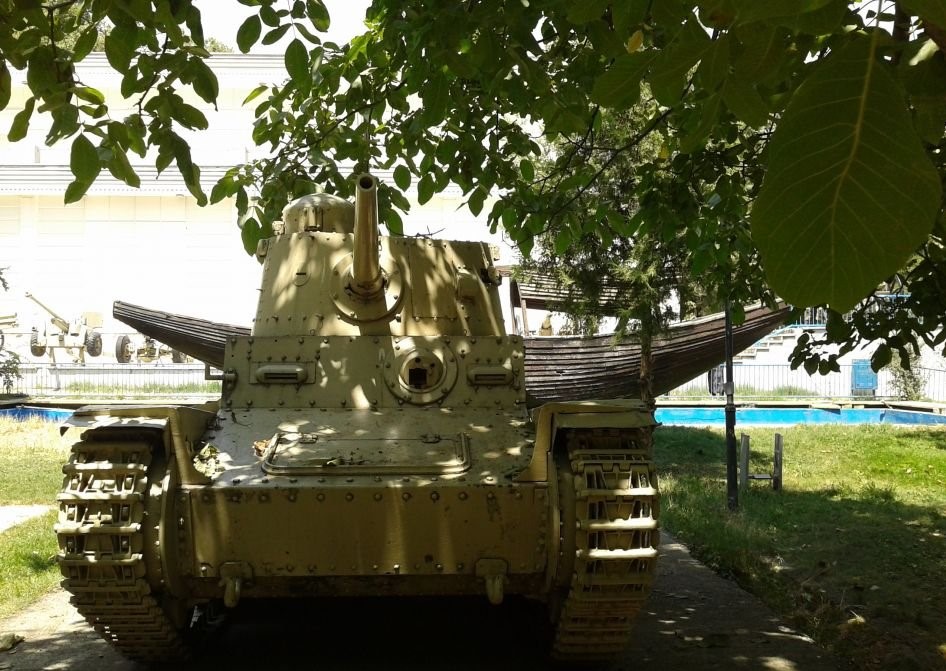
Royal Kitchen
While delving into the contemporary history of Iran, it is not without merit to see the equipment and mechanism provided for the food of the royals. The royal kitchen, where was known as a unique kitchen in the past, is in the central part of the garden.
This kitchen had been provided food for Shah, Farah, and their children for about 50 or 60 days a year and had used the most advanced cooking facilities. Some of the used equipment and utensils in this museum are now on exhibit.

Museum of Containers
Ashraf Pahlavi Palace, in the eastern section of Saadabad, is a white marble construction that was built by the order of Reza Shah in 1936-1939 and was rebuilt in 1971 by the Princess’s request. The palace was reopened in 1995 as the Royal Tableware Museum, exhibiting Qajar and Pahlavi royal dishes and containers bought or donated by royal families at various times. Today, the museum houses more than 500 historical monuments in 5 halls of factories such as Limoges, Sur, Bavaria, Rosenthal.
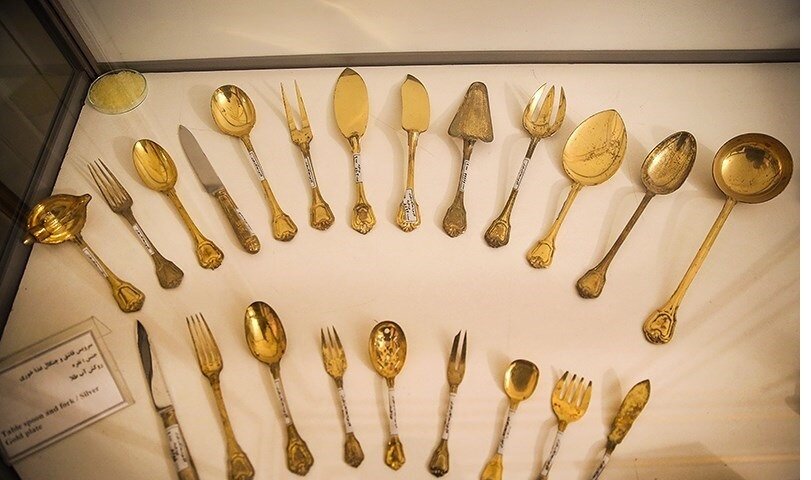
Water Museum
Water treasure is further than a museum, it is a cultural institute where preserves the past customs and rituals of such holy fluids, also demonstrates water delivery and distribution.
It is necessary to mention that the office of the protocol director of the palace is the water museum since the previous years, where is located in the southeast area of the complex. The structure covers a land of 2640 m with two substructures. The museum demonstrates the history of water preservation, facilities, and distribution in the history of Persia.
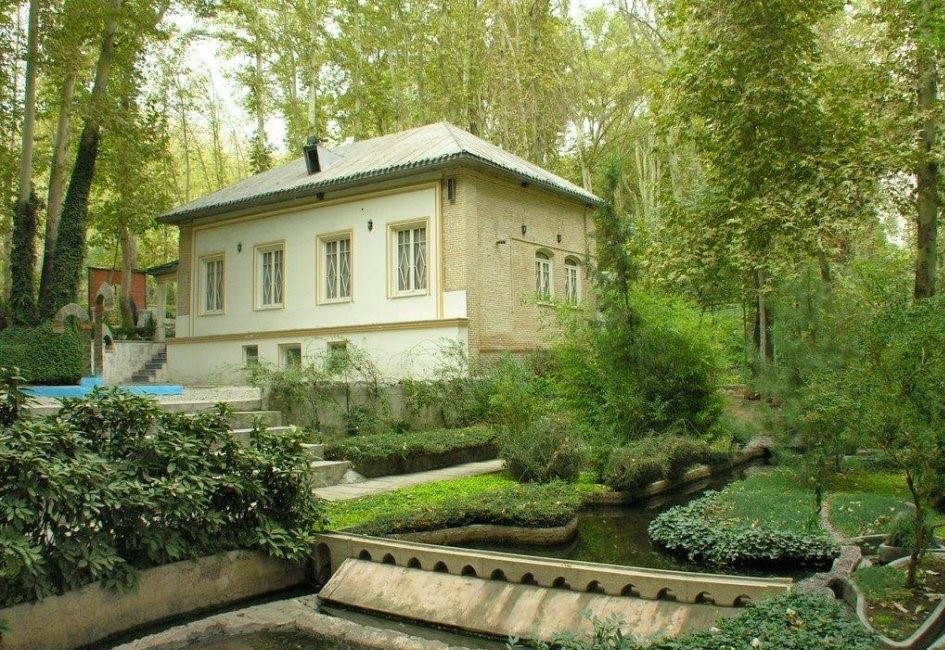
Omidvar Brothers Museum
The carriage house and the coachmen resting place that is located on the northern side of Saadabad is a Qajar structure with red brick and a plastered facade, where is, today, known as the Museum of Omidvar Brothers. Isak and Abdullah Omidvar traveled to 99 countries from 1954 to 1964 for ten years, spending seven years on a motorcycle and three years in a Citroen car. They published an acquaintance with the cultures of the world and civilization and the people lifestyle in their travel book. These brothers became famous and global figures. Their photos, videos, and travelogues were also published in the world press.
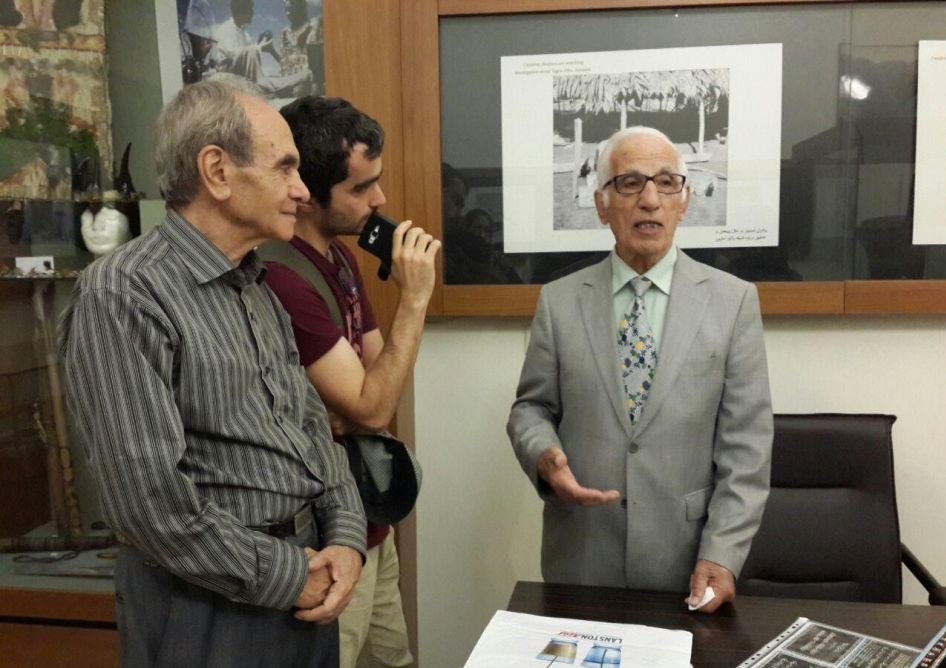
Royal Car Museum
The Saadabad Royal Car Museum is a display of cars used by courtiers. Classic cars from the history of world cars such as 3 Rolls-Royce, Speed Bug, 5 Benz, 6 motorcycles, snowmobiles, and strollers.
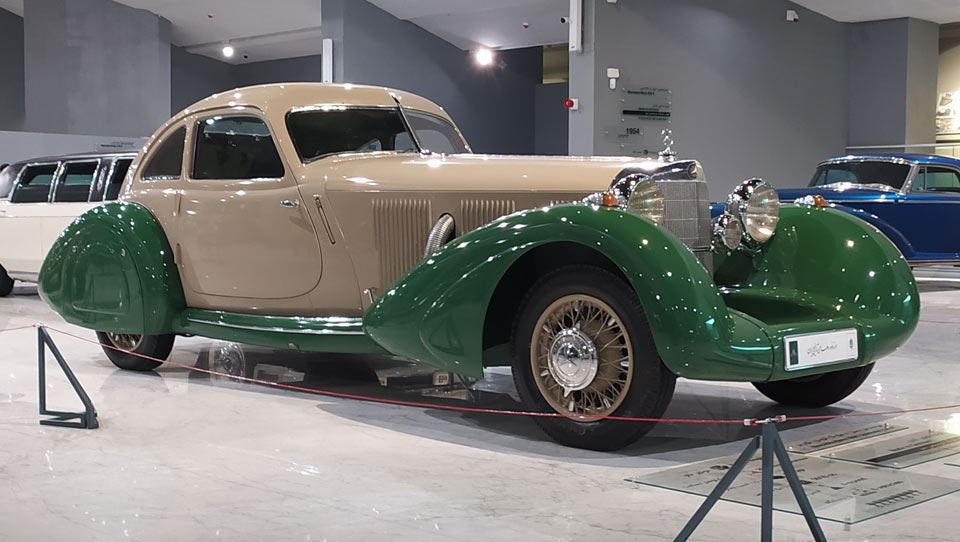
Royal Album Museum
If you are interested in historical documents, manuscripts, and historical photo albums, do not forget to visit the Museum of Royal Albums. The Immortal Guard House, now called the Saadabad Museum of Royal Albums and Documents, is the custodian of Saadabad Palace’s documents and history during the Pahlavi dynasty.

Saadabad Garden
Saadabad Museum Garden is an 11-hectare Persian valley garden with 100-year-old sycamore trees that have nearly 7,500 trees. The garden has natural forests, rivers, aqueducts, orchards, statues, greenhouses, meadows, and rare plants such as sequoia, ginkgo, tulips, Christmas trees, wine flowers, lavender, and crowns
